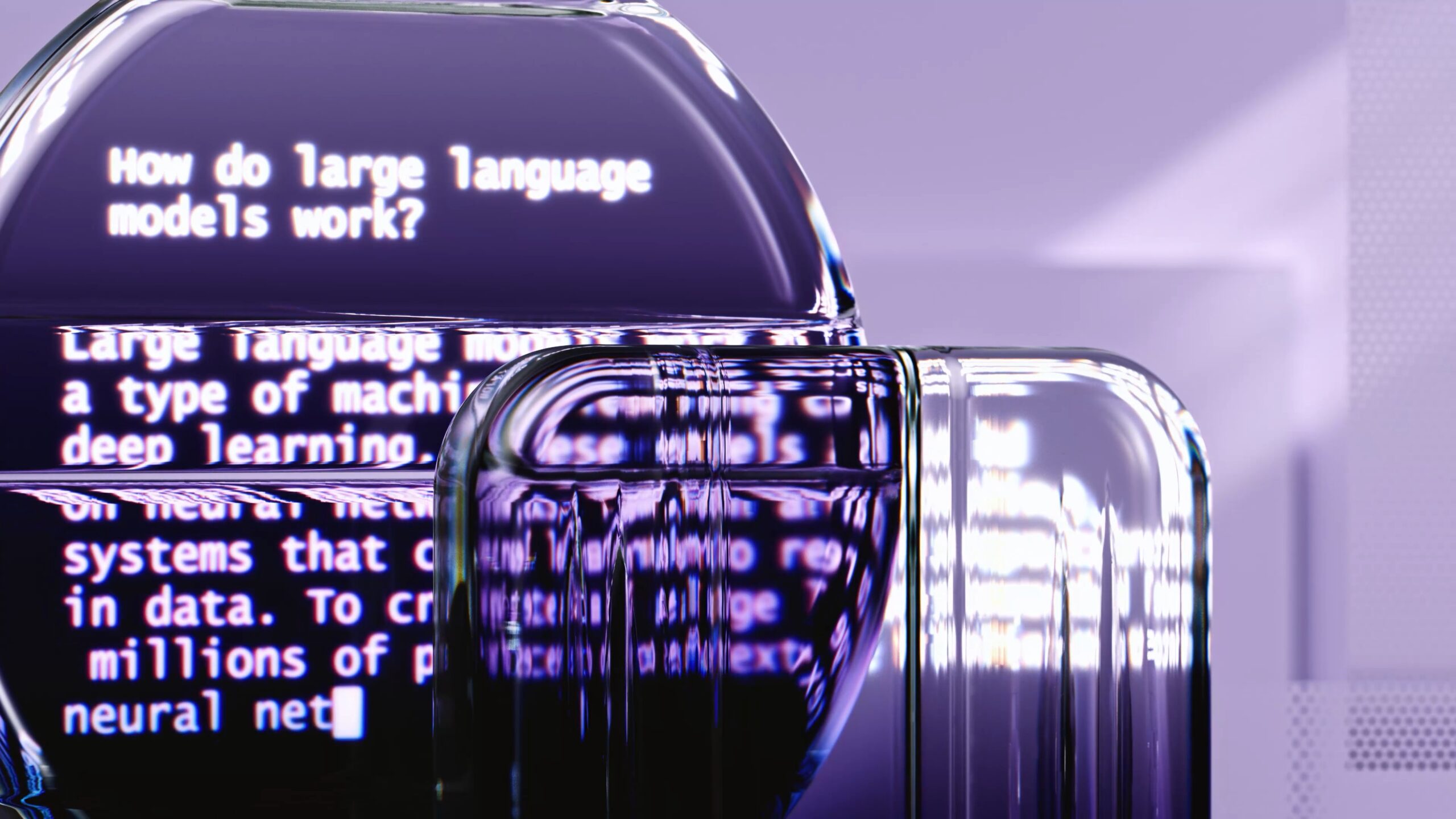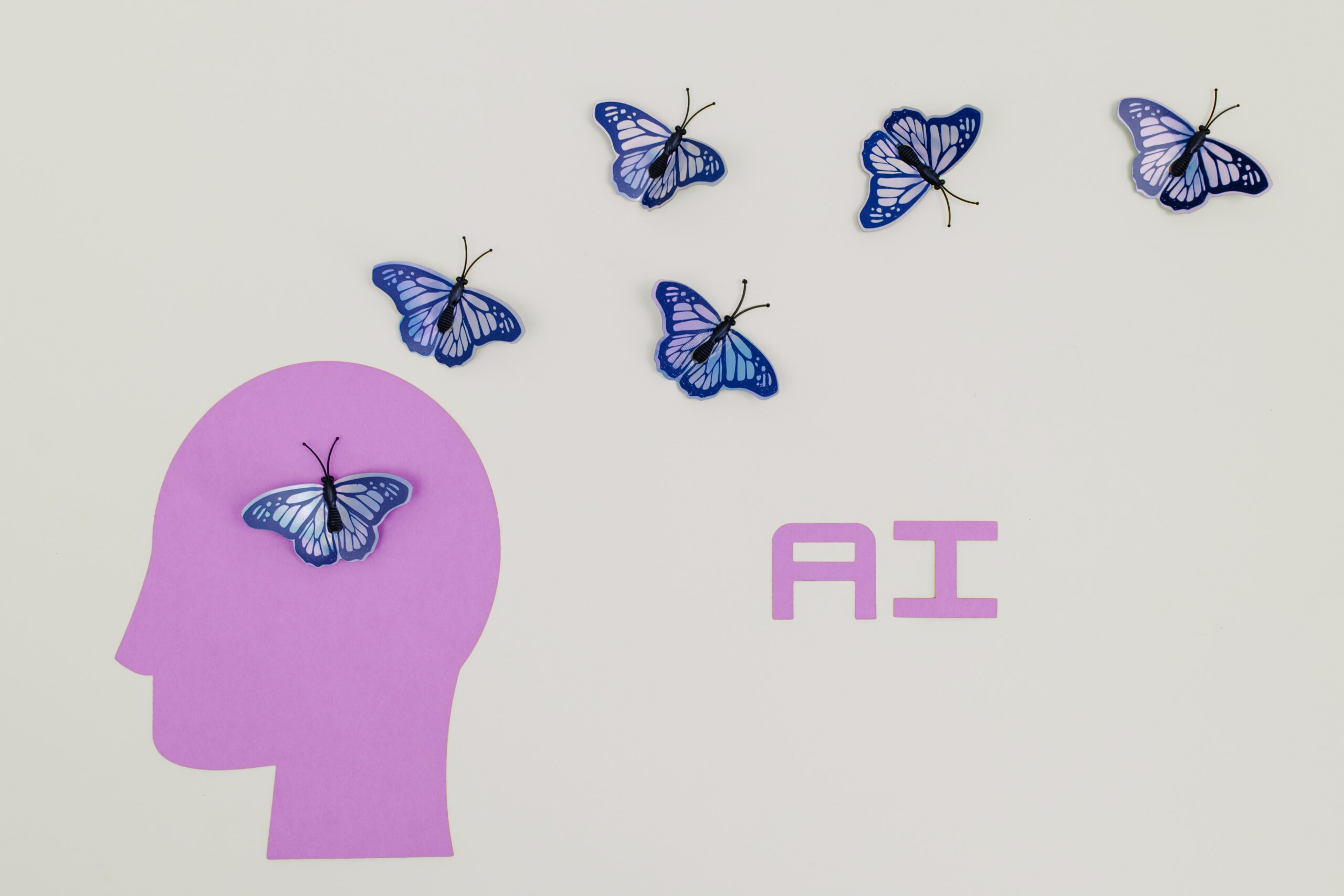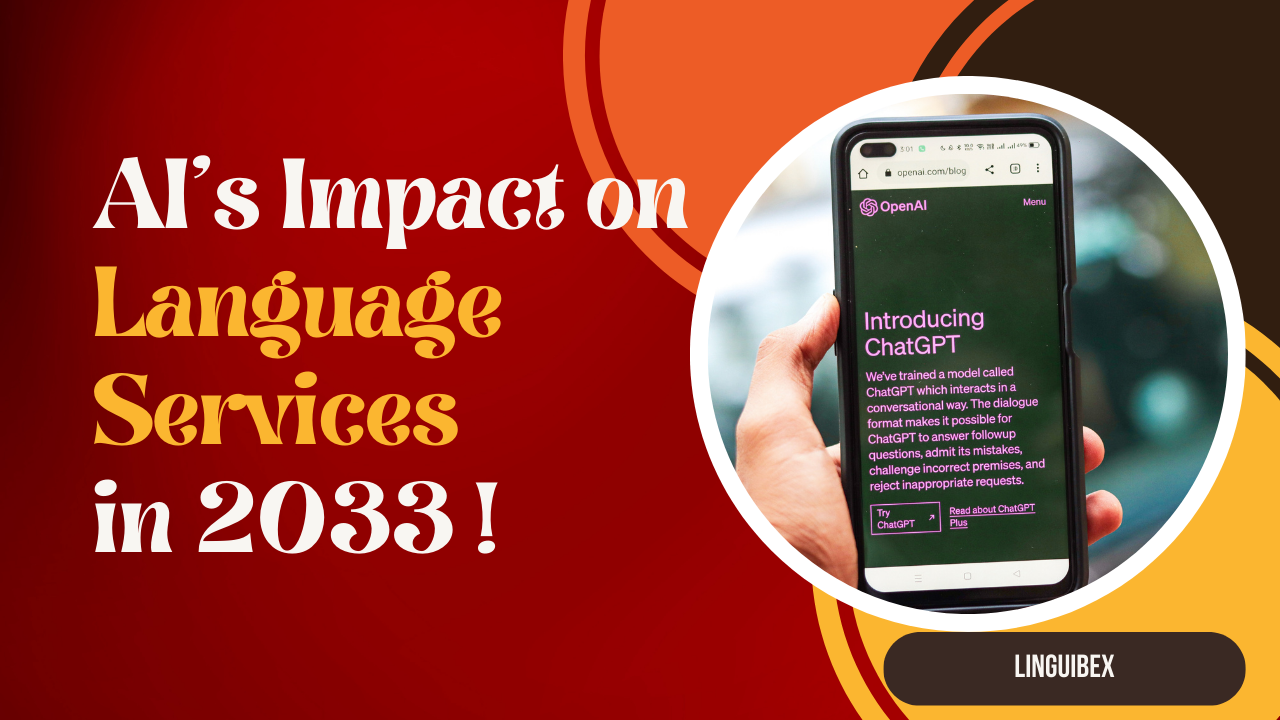Artificial intelligence (AI) is rapidly transforming the language services industry. In recent years, AI has been used to improve the accuracy, efficiency, and cost-effectiveness of translation and interpretation services.
Benefits of AI in Language Services
There are many benefits to using AI in language services. Some of the most notable benefits include:
Improved accuracy: AI-powered translation tools can help to improve the accuracy of translations by identifying and correcting errors.
Increased efficiency: AI can help to increase the efficiency of translation and interpretation services by automating tasks such as data entry and terminology management.
Reduced costs: AI can help to reduce the costs of translation and interpretation services by lowering the need for human translators and interpreters.
A 2021 study by Common Sense Advisory found that AI-powered translation tools can improve the accuracy of translations by up to 30%. The study also found that AI can help to reduce the cost of translation by up to 50%.
Improved access to language services: AI can help to make language services more accessible to businesses and individuals around the world. This is because AI can automate tasks that are currently performed by human translators and interpreters, which can lower the cost of translation services.
Increased speed and flexibility: AI can help to increase the speed and flexibility of translation and interpretation services. This is because AI can translate text or interpret speech in real time, which can be helpful in situations where time is of the essence.
New opportunities for creativity: AI can help to open up new opportunities for creativity in the language services industry. For example, AI can be used to generate new text formats, such as poems or code.
A 2022 survey by the American Translators Association found that 70% of translators believe that AI will have a positive impact on the translation industry. The survey also found that 60% of translators believe that AI will help to increase the demand for translation services.

Losses of AI in Language Services
While AI has many benefits, there are also some potential losses associated with its use in language services. Some of the most notable losses include:
Loss of jobs: As AI becomes more sophisticated, it is likely that some jobs in the language services industry will be lost. This is because AI will be able to automate some of the tasks that are currently performed by human translators and interpreters.
A 2020 report by the McKinsey Global Institute found that AI could automate up to 35% of the tasks performed by human translators. The report also found that AI could lead to the loss of up to 200,000 jobs in the translation industry by 2030.
Loss of cultural context: AI-powered translation tools may not be able to fully capture the cultural context of a text, which could lead to errors or misunderstandings.
Loss of human creativity: AI-powered translation tools may not be able to replicate the creativity of human translators, which could lead to translations that are less engaging or persuasive.
Loss of control: AI can be a powerful tool, but it is important to remember that it is still a tool. AI is not capable of independent thought or action, and it is always under the control of humans. However, if AI is not used responsibly, it could lead to situations where humans lose control of the technology.
Bias: AI is trained on large datasets of text and code, and these datasets can contain biases. This means that AI-powered translation tools may be biased in their translations. For example, an AI-powered translation tool that was trained on a dataset of English-language news articles might be more likely to translate a word like “doctor” as “male doctor” than “female doctor.”
Security: AI is a complex technology, and it is vulnerable to security threats. For example, AI-powered translation tools could be hacked, which could allow attackers to insert malicious code into translations.
However, it is important to note that AI is not a threat to the translation industry. Instead, AI is a tool that can be used to augment the work of human translators and interpreters. By working together, humans and AI can create high-quality translations that are both accurate and culturally relevant.
 The Future of AI in Language Services
The Future of AI in Language Services
The future of AI in language services is bright. As AI technology continues to develop, it is likely that AI will become even more accurate, efficient, and cost-effective. This will lead to an even greater demand for AI-powered translation and interpretation services.
In addition, AI is likely to be used to develop new language services that are not currently available. For example, AI could be used to create real-time translation services that allow people to communicate with each other in different languages.
Overall, AI is having a positive impact on the language services industry. AI is helping to improve the accuracy, efficiency, and cost-effectiveness of translation and interpretation services. As AI technology continues to develop, it is likely that AI will become even more important in the language services industry.
 Takeaway:
Takeaway:
AI is having a significant impact on the language services industry. AI is improving the accuracy, efficiency, and cost-effectiveness of translation and interpretation services. However, there are also some potential losses associated with the use of AI in language services, such as the loss of jobs and the loss of control. It is important to be aware of these potential losses and to use AI responsibly.
The future of AI in language services is bright. As AI technology continues to develop, it is likely that AI will become even more accurate, efficient, and cost-effective. This will lead to an even greater demand for AI-powered translation and interpretation services. In addition, AI is likely to be used to develop new language services that are not currently available.
Overall, AI is a powerful tool that has the potential to revolutionize the language services industry. However, it is important to use AI responsibly and to be aware of the potential risks. By working together, humans and AI can create a future where language services are more accurate, efficient, and accessible to everyone.

